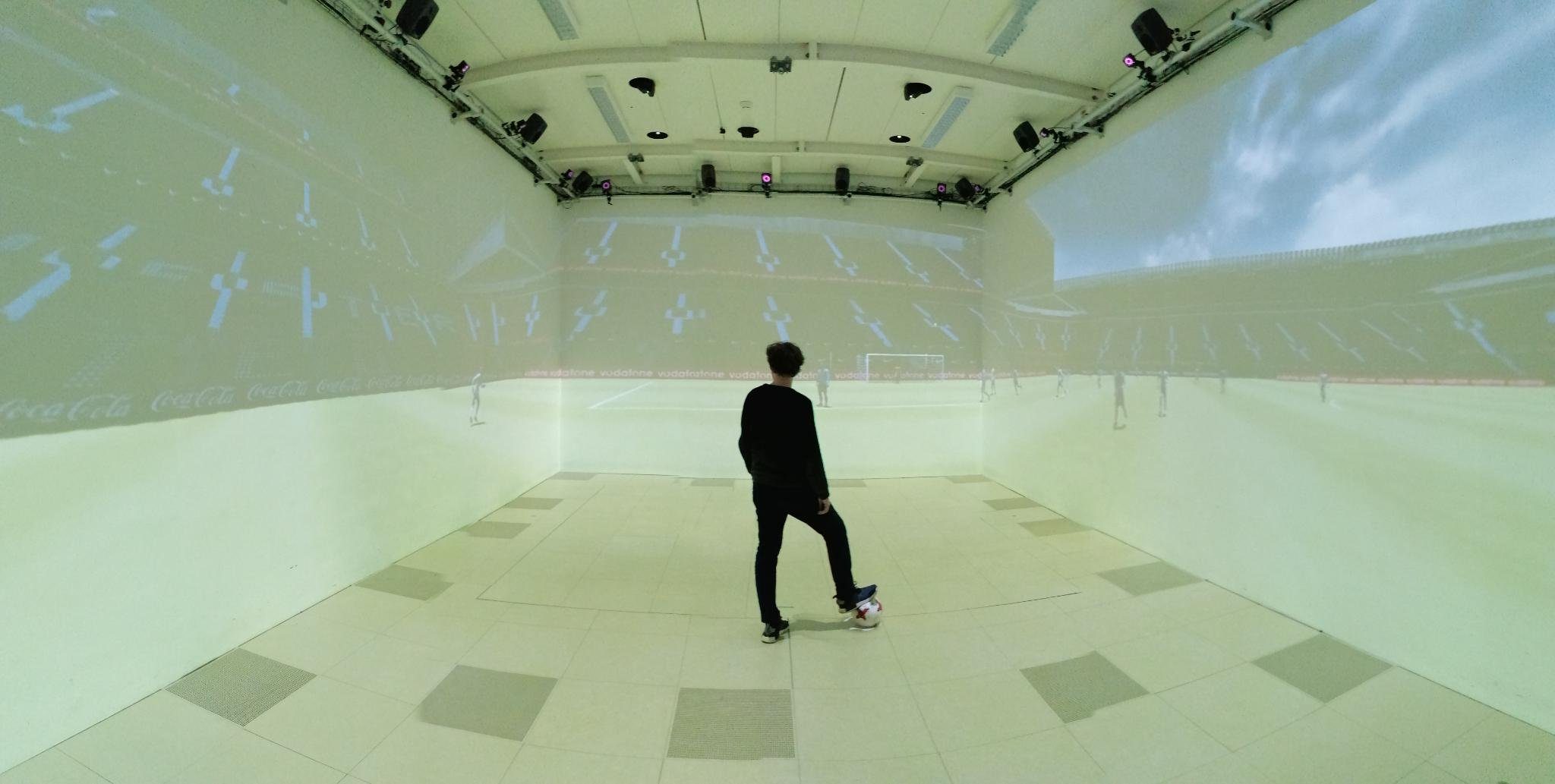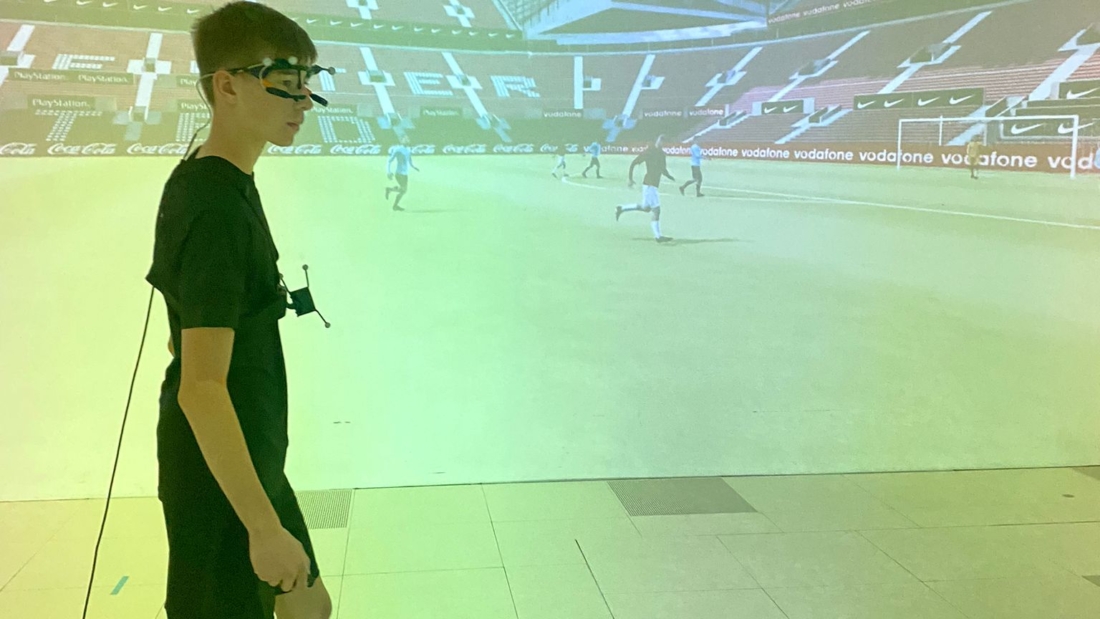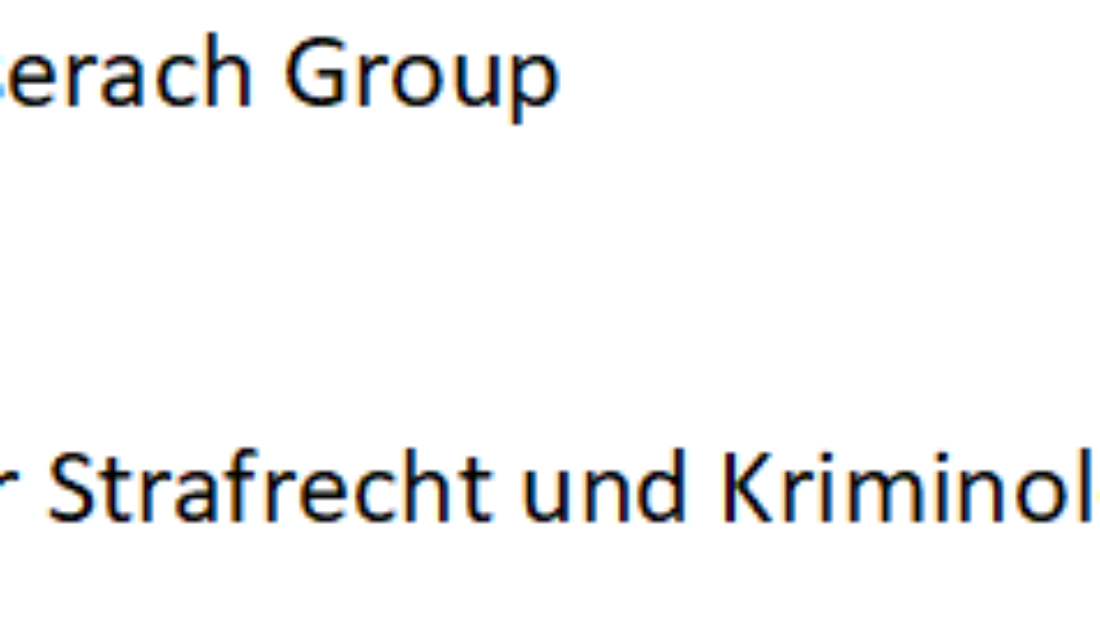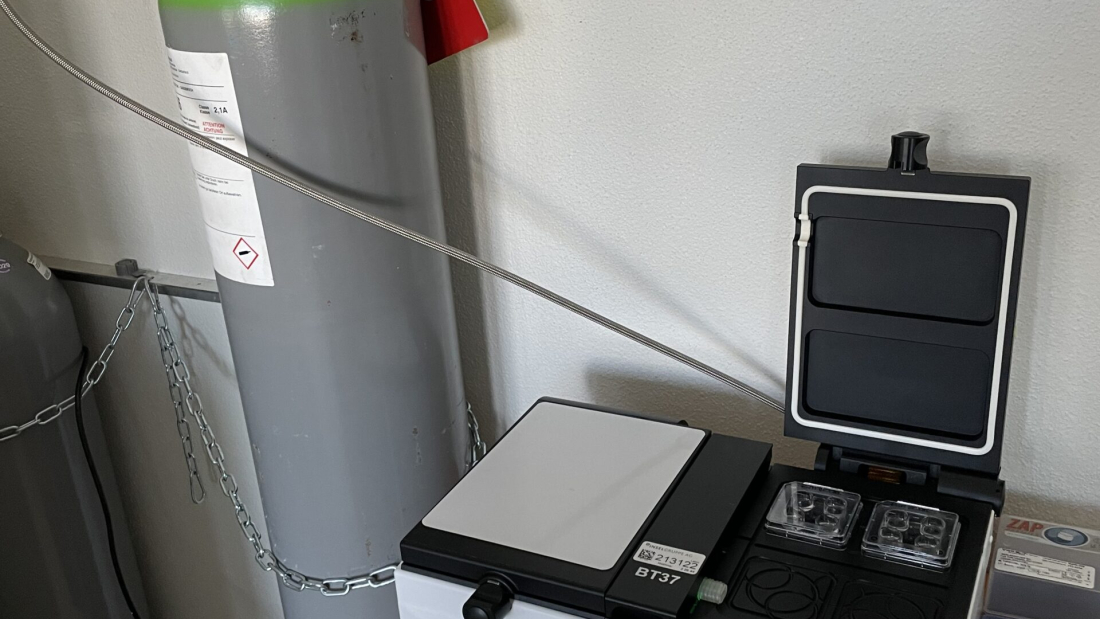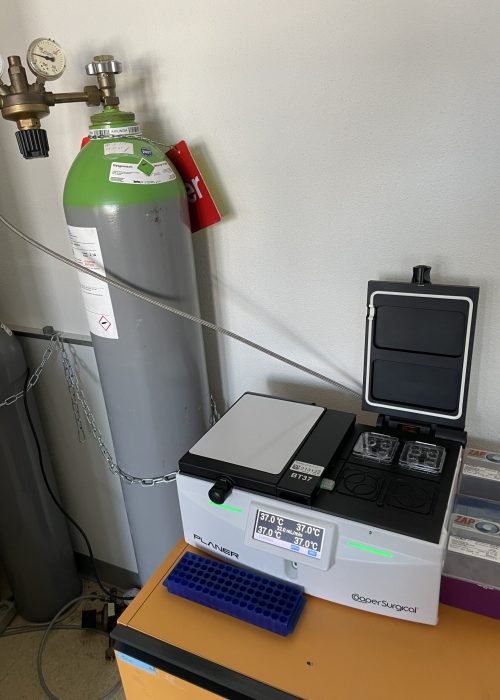Creative decision-making in young sports athletes: Towards a natural interactivity in Virtual Reality
Die Ausführung kreativer Aktionen gilt als entscheidendes Element im Fussball. Jüngste Studien legen nahe, dass die Kreativität der Spieler durch eine spezifische visuelle Suchstrategie – viele Fixationen von kurzer Dauer – unterstützt wird, und schlagen vor, dass dieses Blickmuster trainiert werden könnte (Roca et al., 2018, 2021).
Die Ergebnisse des durch die UniBern Forschungsstiftung geförderten Projekts stellen die Idee eines einzigen kreativitätsbezogenen Blickmusters in Frage. Sie zeigen vielmehr, dass das optimale Blickverhalten in hohem Maße von den situativen Anforderungen der Aufgabe (Experiment 1: verbale Antwort vs. natürliche Handlung) und den visuellen Anforderungen (Experiment 2: Variation der Position der Mit- und Gegenspieler) abhängt. Die Ergebnisse zeigen, dass es kein eindeutiges Blickmuster gibt, welches kreative von weniger kreativen Fussballspielern unterscheidet. Stattdessen lassen sich die Blickbewegungen aller Spieler in eine analytische Phase (Zeitfenster ohne erforderliche Ballinteraktion) und eine Aktionsphase (Zeitfenster kurz vor und nach einer Ballinteraktion) unterscheiden. In der ersten Phase suchen die Spieler nach Passmöglichkeiten, was durch eine Reihe von Fixationen auf einen großen Teil ihres gesamten Gesichtsfeldes angezeigt wird. In der zweiten Phase fokussieren die Spieler auf die funktionalste Handlungslösung mit Fixationen.
Durch die Unterstützung der UniBern Forschungsstiftung konnten wir eine geeignete Beamerlösung für das Labor einrichten (Bild 1). Mit Hilfe der Beamer wurde das Messsetup mit Bewegungserfassung und Eye-Tracking komplettiert (Bild 2).
Dr. Christian Vater und Stephan Zahno
Institut für Sportwissenschaft
Die Projektförderung wurde ermöglicht durch einen Beitrag des BEKB Förderfonds

